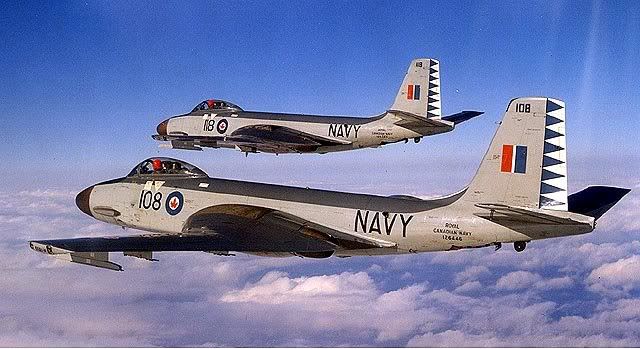
Above is a picture of a kit from this series that we got off Ebay. As a kid, we had the Army Attack kit from the series, but I can't remember building it. I do remember building a Zip model of the F2H Banshee and several of Guillow's sheetwood shelf scale display models. A few years ago we decided to revisit the 'Zip nocals' and found a profile view of the Navion from the series in an old AHC catalog.

Using the profile and a 3 vu, we scratch built this Navion with an eleven inch wingspan.

When we got the Sportplane kit, we learned that the Zip series had eight inch wingspans. So we built a second Navion to this smaller size.

The Navions flew well in the backyard, but would sometimes escape the back yard or land on the roof.























